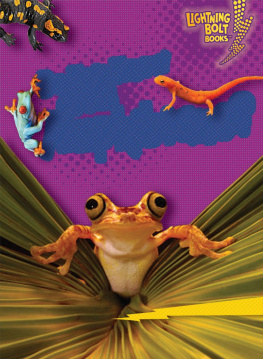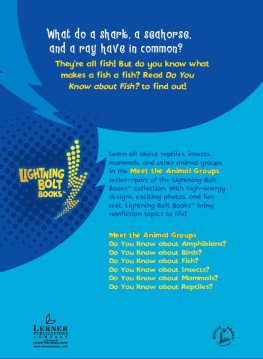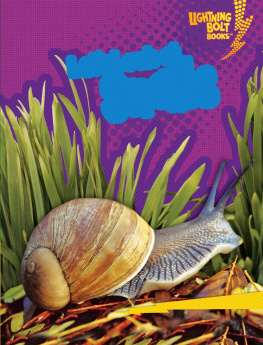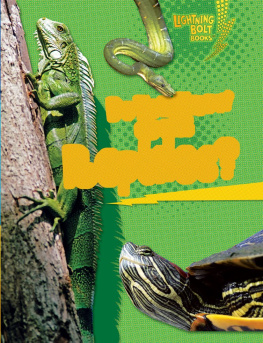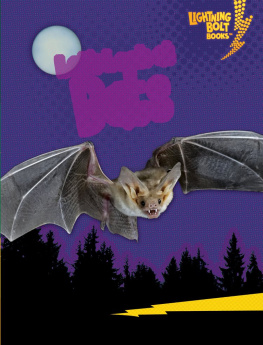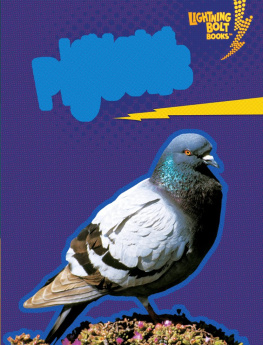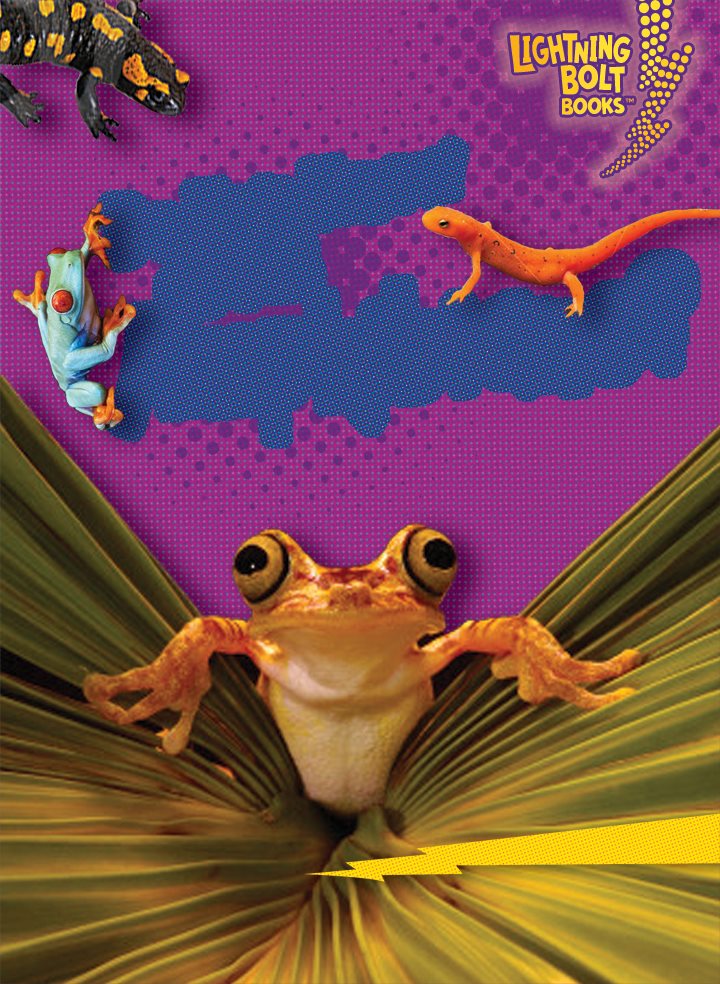Do
You
Know
about
Amphibians?
Buffy Silverman
Remembering Ben
-B.S.
Copyright 2010 by Lerner Publishing Group, Inc.
All rights reserved. International copyright secured. No part of this book may be reproduced,
stored in a retrieval system, or transmitted in any form or by any meanselectronic, mechanical,
photocopying, recording, or otherwisewithout the prior written permission of Lerner Publishing
Group, Inc., except for the inclusion of brief quotations in an acknowledged review.
Lerner Publications Company
A division of Lerner Publishing Group, Inc.
241 First Avenue North
Minneapolis, MN 55401 U.S.A.
Website address: www.lernerbooks.com
Library of Congress Cataloging-in-Publication Data
Silverman, Buffy.
Do you know about Amphibians? / by Buffy Silverman.
p. cm. (Lightning bolt booksTM Meet the animal groups)
Includes index.
ISBN 9780822575436 (lib. bdg. : alk. paper)
1. AmphibiansJuvenile literature. I. Title.
QL644.2.S55 2010
597.8dc22 2007030540
Manufactured in the United States of America
1 2 3 4 5 6 BP 15 14 13 12 11 10
eISBN: 978-0-7613-8880-7

Contents
page
page
page
page
page
page
page
page
page
What
Is an Amphibian?
Tadpoles swim in a pond.
They wiggle their tails from
side to side.
Tadpoles have
long tails for
swimming.
Tadpoles change as they grow.
Whatdotheybecome?
Tadpoles
grow legs.
Frogs! They leap out of
water and hop across land.
Frogs are amphibians. Toads
and salamanders are
amphibians too.
A frogs long back
legs help it leap on
land and swim in water.
Most young amphibians start
their lives in water. Most adults
live on land.
All amphibians have
backbones. You
can see this frogs
backbone under its
smooth skin.
Amphibians cannot make their
own body heat. Their bodies
get cold when the air is cold.
They get warmer when the air
is warm. They are ectotherms.
Two frogs warm up
on a sunny log.
Many amphibians live where
it is always warm. This
spadefoot toad lives in the
hot desert. It stays cool by
burying itself underground.
Amphibians
Lay Eggs
Spotted
salamanders
crawl in a
forest on a
rainy spring
night.
Some spotted
salamanders have
yellow spots.
They find a pond. There they
lay a clump of eggs. The eggs
do not have shells. They are
covered in a jelly.
A spotted
salamander rests
near its eggs.
Toads also lay eggs. They lay
them in long strings.
Insideeachegg,atadpolegrows.
These are toad
eggs. One toad
can lay thousands
of eggs at a time.
Soon tadpoles hatch from the
eggs. The tadpoles eat tiny
water plants.
Groups of
tadpoles stay
together and eat.
This bird caught
a tadpole.
Tadpoles swim together to stay
safe. Fish, birds, snakes, turtles,
and insects all eat tadpoles.
Male poison dart frogs guard
their eggs. Tiny tadpoles
hatch from the eggs. They
wiggle onto their dads back.
He carries them to water.
A male poison dart
frog carries two
tadpoles to water.
This bullfrog
tadpole has
grown legs.
Amphibians Grow and Change
An amphibians body shape
changes as it grows. The tiny
tadpole hatches from an egg
and grows quickly. Its back
legs grow first. Then tiny
front legs appear. Its tail
disappears. This change is
called metamorphosis.
The tadpole changes in
other ways too. Soon it will
eat insects instead of water
plants. It grows a long, sticky
tongue to catch flies.
A tadpole grows into
a frog. It uses its
tongue to catch a bug.
The tadpole grows eardrums.
What will it hear?
Frog songs! Male frogs call to
females in the spring.
Can you see this
frogs eardrum?
Young amphibians breathe
underwater with gills. This
young spotted salamander has
feathery gills.

